44 parijata yoga vedic astrology
Surya - Wikipedia WebSurya (/ ˈ s uː r j ə /; Sanskrit: सूर्य, IAST: Sūrya) is the sun as well as the solar deity in Hinduism. He is traditionally one of the major five deities in the Smarta tradition, all of whom are considered as equivalent deities in the Panchayatana puja and a means to realise Brahman. Other names of Surya in ancient Indian literature include Aditya, Arka, Bhanu, … Kalachakra – Freedom Vidya WebThese relate to the ‘72,000’ nadis mentioned in the hatha yoga texts, as well as the 720 sashtiamsas of the D-60 regarded as the most important varga according to Parashara. There are 78 deities on lotuses counted twice with their consorts (78 x 2 = 156). And with 6 seal implanting deities there are 162 main deities in the Kalachakra that are said to relate …
Ashlesha (nakshatra) - Wikipedia WebAshlesha (Sanskrit: आश्लेषा or Āśleṣā) (Tibetan: སྐར་མ་སྐག), also known as Ayilyam in Tamil and Malayalam (Tamil: ஆயில்யம், Malayalam: ആയില്യം, Āyilyaṃ), is the 8th of the 27 nakshatras in Hindu astrology.Ashlesha is also known as the Clinging Star or Nāga. It is known as the Hydra.

Parijata yoga vedic astrology
Shukra - Wikipedia WebIn classical Vedic astrology or Jyotisha, Shukra is considered to be among the Navagrahas (Nine planets) that influence the pattern of life on earth. Shukra represents women, beauty, wealth, luxury, and sex. According to classical astrological texts, a powerfully placed Shukra, aspected by benefic planets such as Jupiter, and in favourable … Sidereal and tropical astrology - Wikipedia WebAyanamsa systems used in Hindu astrology (also known as Vedic astrology) include the Lahiri ayanamsa and the Raman ayanamsa. The Fagan-Bradley ayanamsa is an example of an ayanamsa system used in Western sidereal astrology. As of 2020, sun signs calculated using the Sri Yukteswar ayanamsa were around 23 degrees behind tropical sun signs. Budha - Wikipedia Budha (Sanskrit: बुध) is a Sanskrit word that connotes the planet Mercury. Budha, in Hindu legends, is also a deity. . He is also known as Soumya (Sanskrit: सौम्य, lit. son of Moon), Rauhineya and Tunga and is the Nakshatra lord of Ashlesha, Jyeshtha and Revati. Planet. Budha as a planet appears in various Hindu astronomical texts in Sanskrit, such as the 5th century ...
Parijata yoga vedic astrology. Hindu astrology - Wikipedia WebJyotisha or Jyotishya (from Sanskrit jyotiṣa, from jyót “light, heavenly body" and ish - from Isvara or God) is the traditional Hindu system of astrology, also known as Hindu astrology, Indian astrology and more recently Vedic astrology.It is one of the six auxiliary disciplines in Hinduism, that is connected with the study of the Vedas.. The Vedanga Jyotisha is one … Shani - Wikipedia The role and importance of the Navagraha developed over time with various influences. Deifying planetary bodies and their astrological significance occurred as early as the Vedic period and was recorded in the Vedas. The earliest work of astrology recorded in India is the Vedanga Jyotisha which began to be compiled in the 14th century BCE. It ... Raja yoga (Hindu astrology) - Wikipedia WebRaja yoga (Hindu astrology) Jump to navigation Jump to search. This article has multiple issues. ... the Yoga or Raja yoga-causing planets during the course of their respective dashas confer their most auspicious results if they happen to own the lagna-bhava (the Ascendant) or the Suta-bhava (the 5th house) or the Bhagyasthana (the 9th house); the … Ayanāṃśa - Wikipedia WebOverview. There are various systems of Ayanamsa that are in use in Hindu astrology (also known as Vedic astrology) such as the Raman Ayanamsa and the Krishnamurthy Ayanamsa, but the Lahiri Ayanamsa, named after its inventor, astronomer N.C. Lahiri, is by far the most prevalent system in India. Critics of Lahiri Ayanamsa have proposed an …
Jyeshtha (nakshatra) - Wikipedia Jyeshtha ("The Elder" or "Older" in Sanskrit) is the 18th nakshatra or lunar mansion in Hindu astronomy and Vedic astrology associated with the string of the constellation Scorpii, and the stars ε, ζ 1 Sco, η, θ, ι 1 Sco, κ, λ, μ and ν Scorpionis. Budha - Wikipedia Budha (Sanskrit: बुध) is a Sanskrit word that connotes the planet Mercury. Budha, in Hindu legends, is also a deity. . He is also known as Soumya (Sanskrit: सौम्य, lit. son of Moon), Rauhineya and Tunga and is the Nakshatra lord of Ashlesha, Jyeshtha and Revati. Planet. Budha as a planet appears in various Hindu astronomical texts in Sanskrit, such as the 5th century ... Sidereal and tropical astrology - Wikipedia WebAyanamsa systems used in Hindu astrology (also known as Vedic astrology) include the Lahiri ayanamsa and the Raman ayanamsa. The Fagan-Bradley ayanamsa is an example of an ayanamsa system used in Western sidereal astrology. As of 2020, sun signs calculated using the Sri Yukteswar ayanamsa were around 23 degrees behind tropical sun signs. Shukra - Wikipedia WebIn classical Vedic astrology or Jyotisha, Shukra is considered to be among the Navagrahas (Nine planets) that influence the pattern of life on earth. Shukra represents women, beauty, wealth, luxury, and sex. According to classical astrological texts, a powerfully placed Shukra, aspected by benefic planets such as Jupiter, and in favourable …


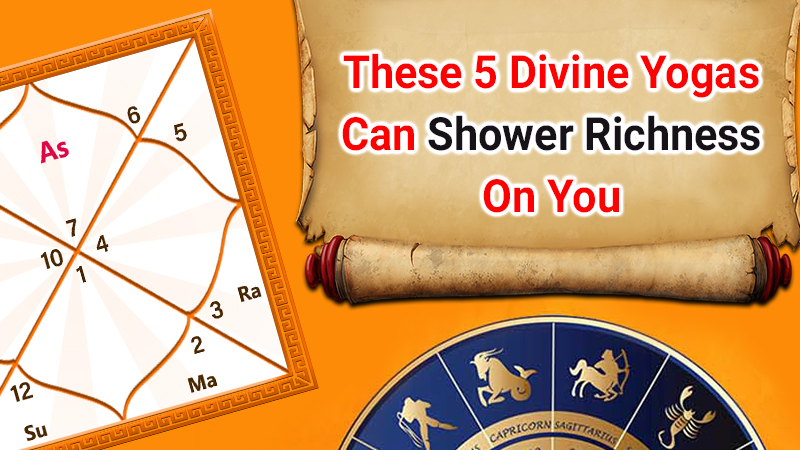



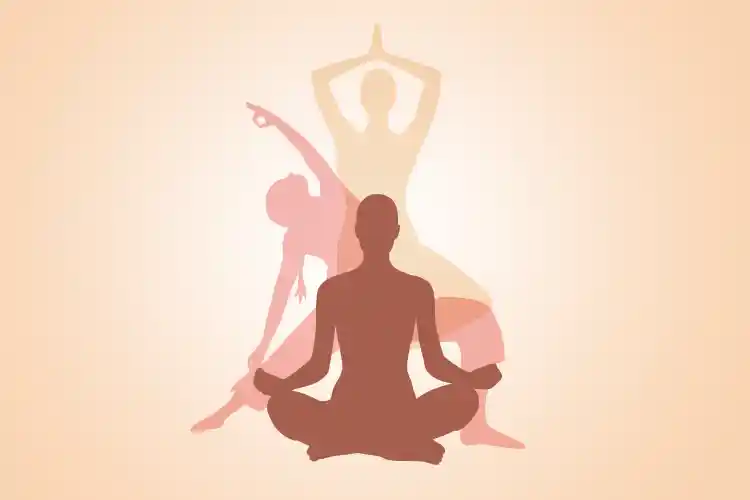


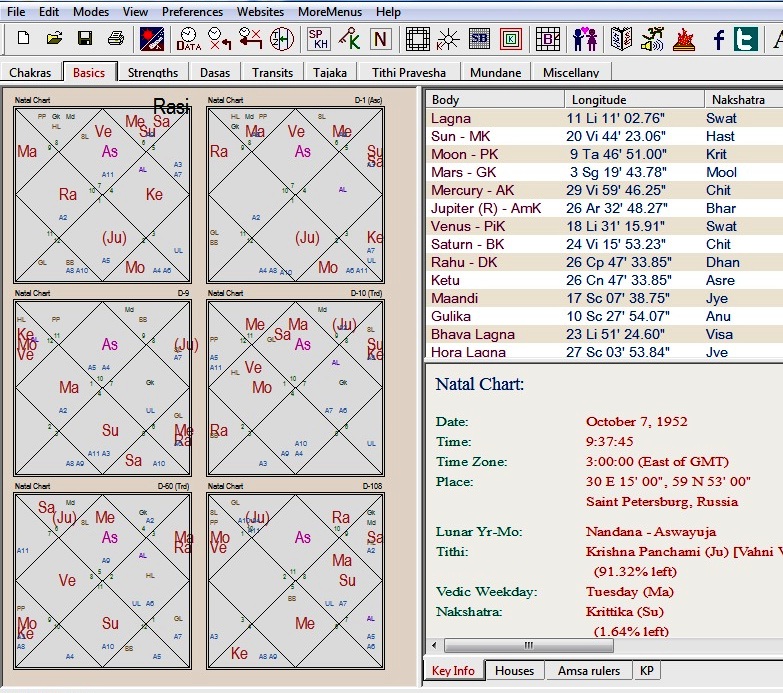




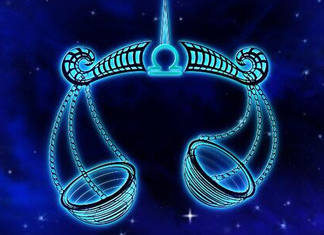








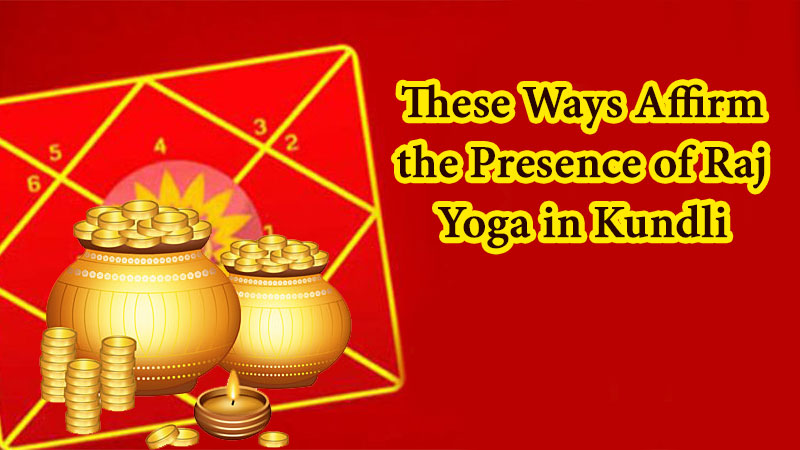

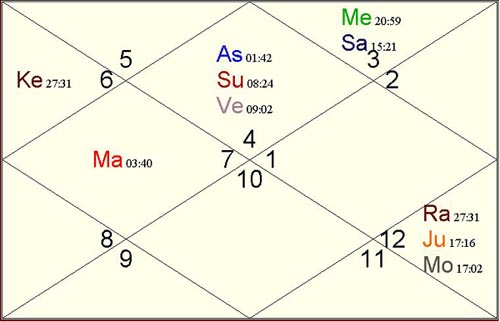









0 Response to "44 parijata yoga vedic astrology"
Post a Comment